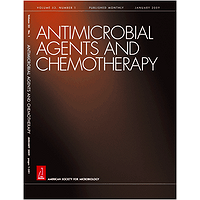We investigated the prevalence, trends, and risk factors for pyrazinamide (PZA) and moxifloxacin (MOX) resistance among tuberculosis (TB) cases in China and also analyzed the population structure of Mycobacterium tuberculosis strains. All the M. tuberculosis strains enrolled in this study were collected from the national TB prevalence surveys. Each strain was genotyped by analyzing the regions of RD105 and IS6110 in the NTF region. The Bactec MGIT 960 system was used to detect the drug susceptibility of M. tuberculosis isolates to PZA and MOX. Based on the genotyping results, 241 (66.4%) strains were classified as Beijing genotype in 2000, which was significantly lower than in 2010 (76.2%, P < 0.01). The proportion of the modern Beijing genotype increased significantly from 49.6% in 2000 to 68.1% in 2010 (P < 0.01), while no significant difference was observed in the rate of ancient Beijing genotype between 2000 and 2010 (P = 0.676). In addition, we found that the proportion of PZA resistance in 2010 (15.0%) was significantly higher than that in 2000 (9.6%, P = 0.04). For MOX, there were more MOX-resistant isolates detected in 2010 (7.7%) than in 2000 (3.0%). In conclusion, our data demonstrate that the Beijing genotype was the predominant M. tuberculosis lineage during the past decade. The proportion of Beijing genotype isolates significantly increased from 2000 to 2010, largely due to an increase in the modern Beijing sublineage. In addition, resistance to PZA and MOX increased significantly in China between 2000 and 2010.

Genotyping and Prevalence of Pyrazinamide- and Moxifloxacin-Resistant Tuberculosis in China, 2000 to 2010
Review badges
0 pre-pub reviews
0 post-pub reviews

